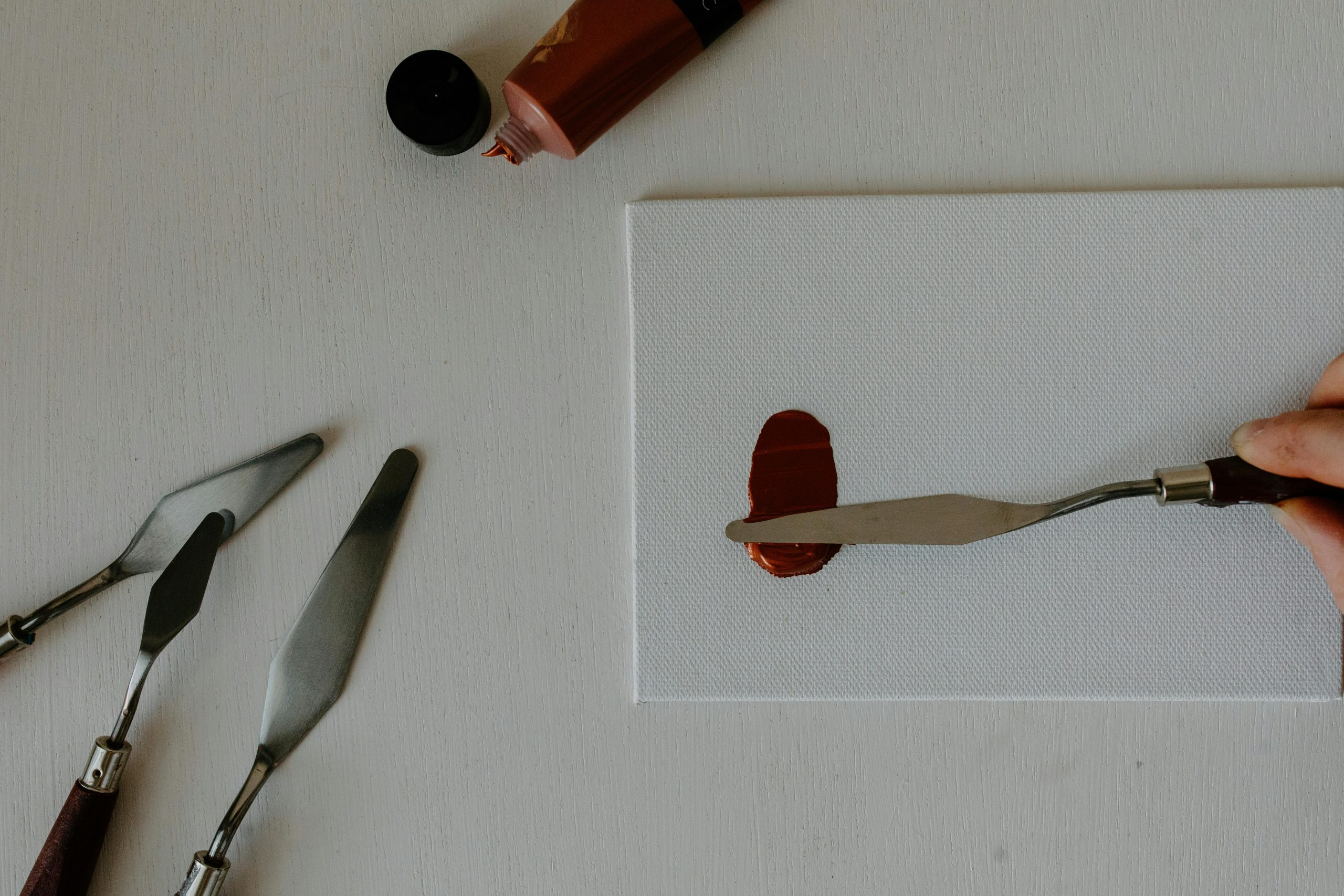Mastering the Techniques of Vehicle Painting
A vehicle is more than just a mode of transportation. It’s a symbol of pride, status, and personality. And nothing makes a vehicle stand out more than a well-executed paint job. Whether it’s to enhance the car’s appearance or to restore it to its former glory, mastering the techniques of vehicle painting is essential for any car enthusiast or professional auto body worker. In this article, we’ll explore the fundamentals of vehicle painting and share tips on how to achieve a flawless, professional finish. So grab your paint gun and let’s get started!
The Importance of Proper Vehicle Painting Techniques
Painting a vehicle is much more than just applying a new coat of paint. It requires skill, precision, and attention to detail. A properly executed paint job can dramatically enhance the vehicle’s appearance, protect it from rust and corrosion, and even increase its resale value. On the other hand, a botched paint job can not only ruin the car’s aesthetics but also lead to expensive repairs in the long run.
The Basic Steps of Vehicle Painting
Before diving into the techniques of vehicle painting, it’s important to understand the basic steps involved in the process. These steps include surface preparation, priming, painting, and finishing.
Surface Preparation
Surface preparation is a crucial step in vehicle painting that is often overlooked. It involves thoroughly cleaning and sanding the vehicle’s surface to ensure adhesion of the paint. Neglecting proper surface preparation can result in paint flaking, chipping, and peeling off.
Priming
Priming serves as a bonding layer between the surface and the paint. It not only helps the paint adhere better but also provides added protection against corrosion and rust. Choose a high-quality primer that is compatible with the type of paint you’ll be using.
Painting
Now comes the fun part – painting! Before starting, make sure to choose a well-ventilated area and wear appropriate protective gear. The key to a flawless paint job is to apply thin, even coats. Start with a coat of paint and let it dry before applying the next one. For best results, use a paint gun rather than a brush or roller.
Finishing
Finishing is the final step in vehicle painting that involves adding a clear coat to protect the paint and give it a glossy finish. Like painting, thin and even coats are key to achieving a professional look. Allow enough drying time between each coat, and don’t forget to polish the surface for a smooth, shiny finish.
Mastering the Techniques of Vehicle Painting
Now that you understand the basic steps involved in vehicle painting, it’s time to delve into the techniques that will take your paint job to the next level. These techniques include choosing the right paint, using the correct spraying technique, and achieving a smooth finish.
Choosing the Right Paint
The type of paint you choose will depend on the type of vehicle you’re painting and the desired finish. Generally, there are three types of paint – acrylic lacquer, enamel, and urethane. Each has its own advantages and requires different spraying techniques. Do your research and choose a high-quality paint that suits your needs.
Using the Correct Spraying Technique
When it comes to painting a vehicle, the spraying technique is everything. A common mistake made by beginners is holding the spray gun too close to the surface, resulting in an uneven, drippy finish. The ideal spray gun distance should be about 6-8 inches away from the surface. Also, practice your spraying technique on a test surface before starting on the actual vehicle.
Achieving a Smooth Finish
Achieving a smooth, flawless finish is the ultimate goal of vehicle painting. To avoid orange peel (a bumpy, textured surface), hold the spray gun at an even distance, use overlapping strokes, and maintain a consistent speed. Don’t rush through the process – take your time and apply multiple thin coats for a sleek finish.
In Conclusion
With the right techniques and attention to detail, anyone can master the art of vehicle painting. Remember to always start with proper surface preparation, choose high-quality paint, and practice your spraying technique. And most importantly, have patience and enjoy the process – the end result will be well worth it.
Happy painting!











